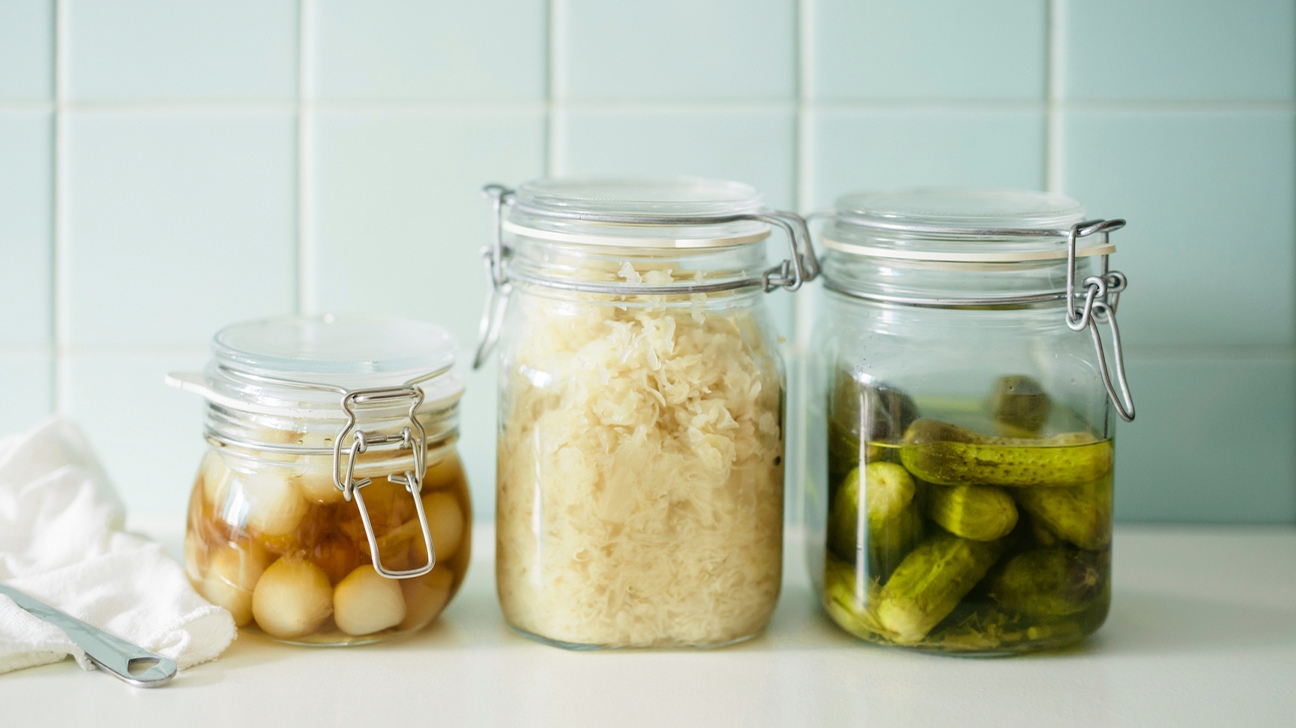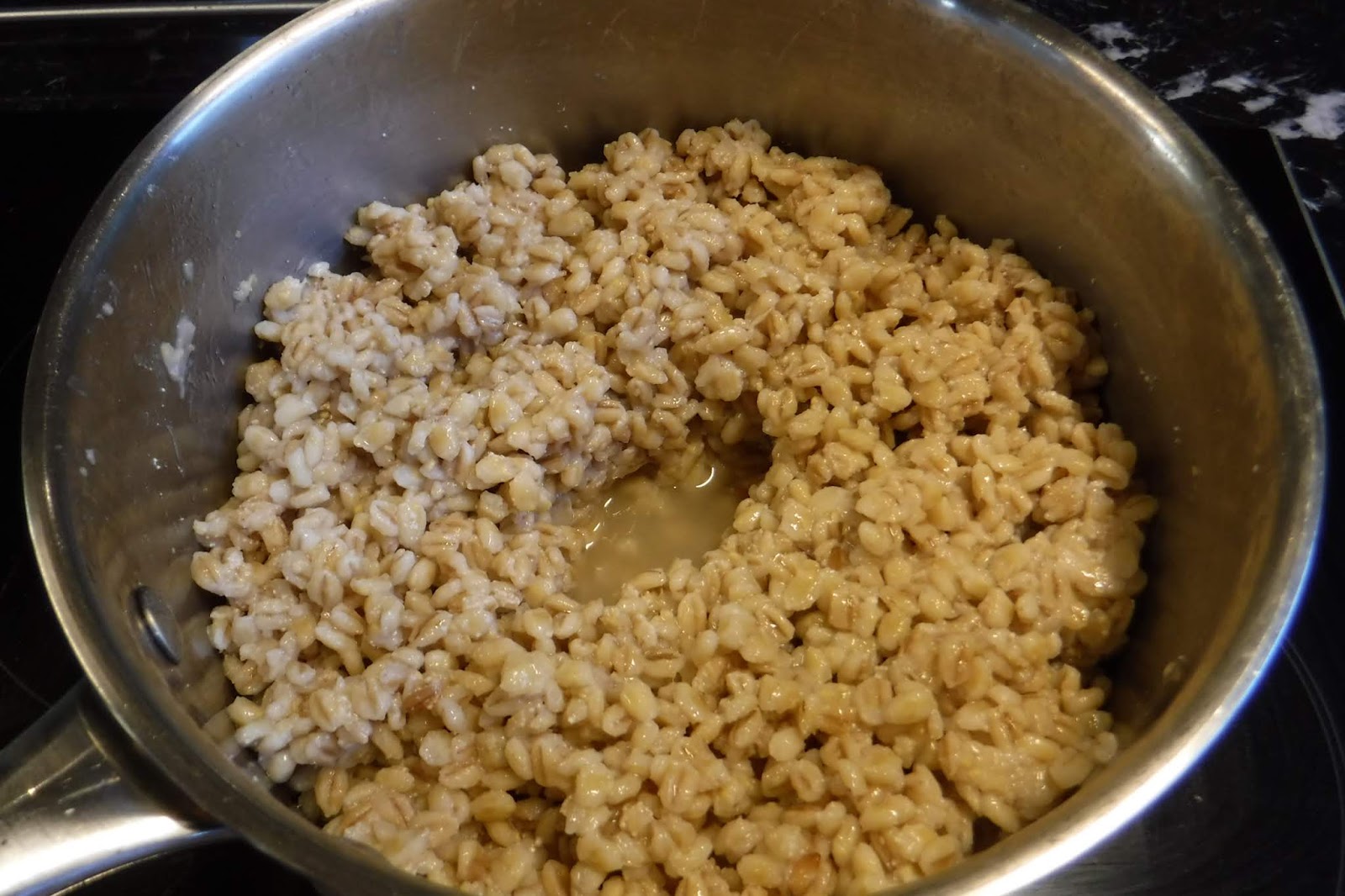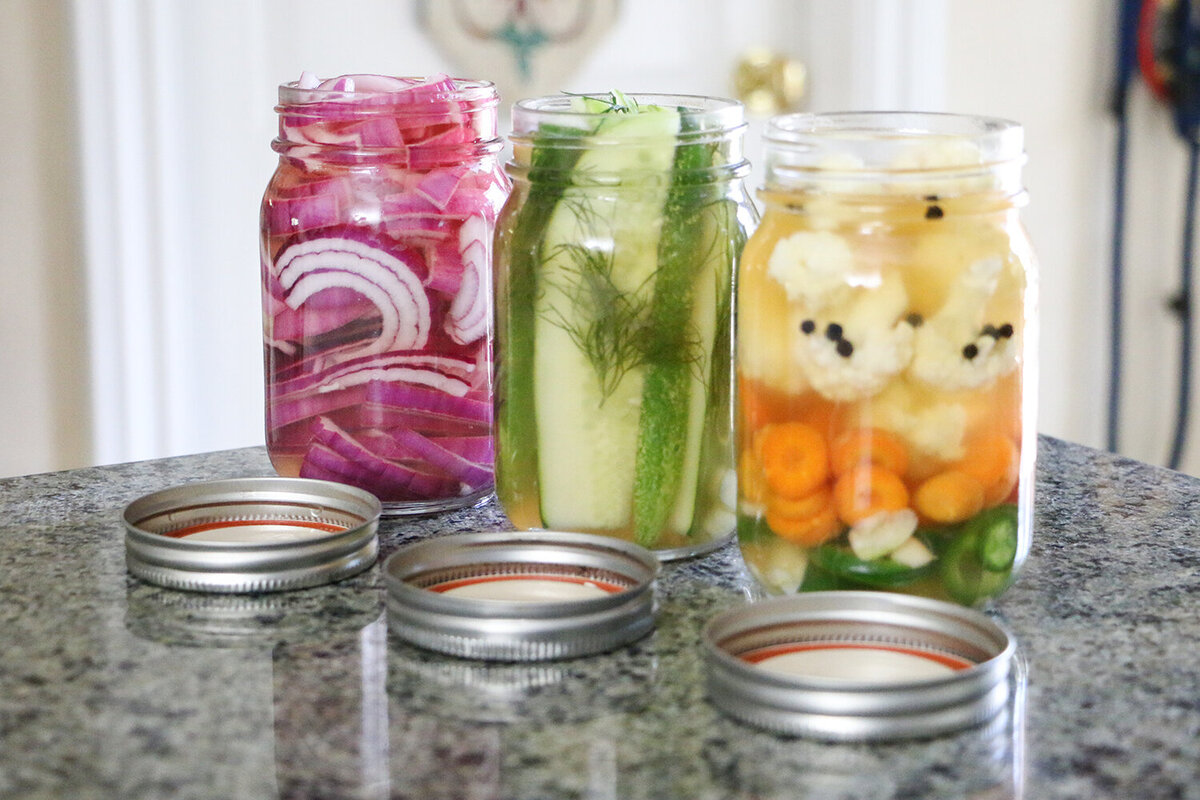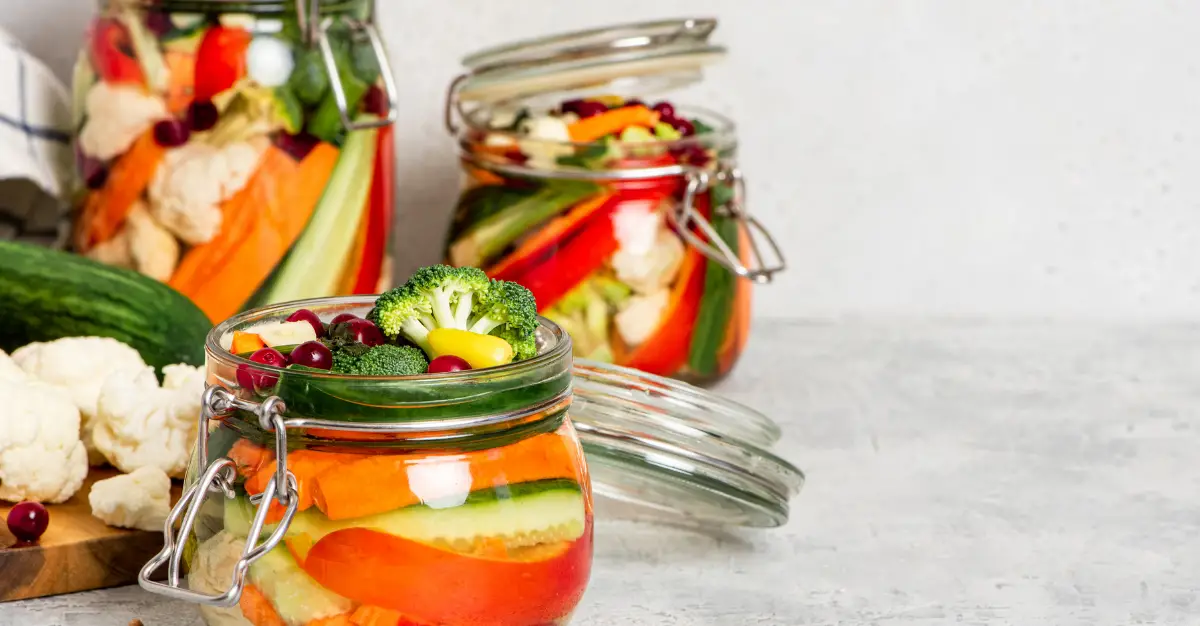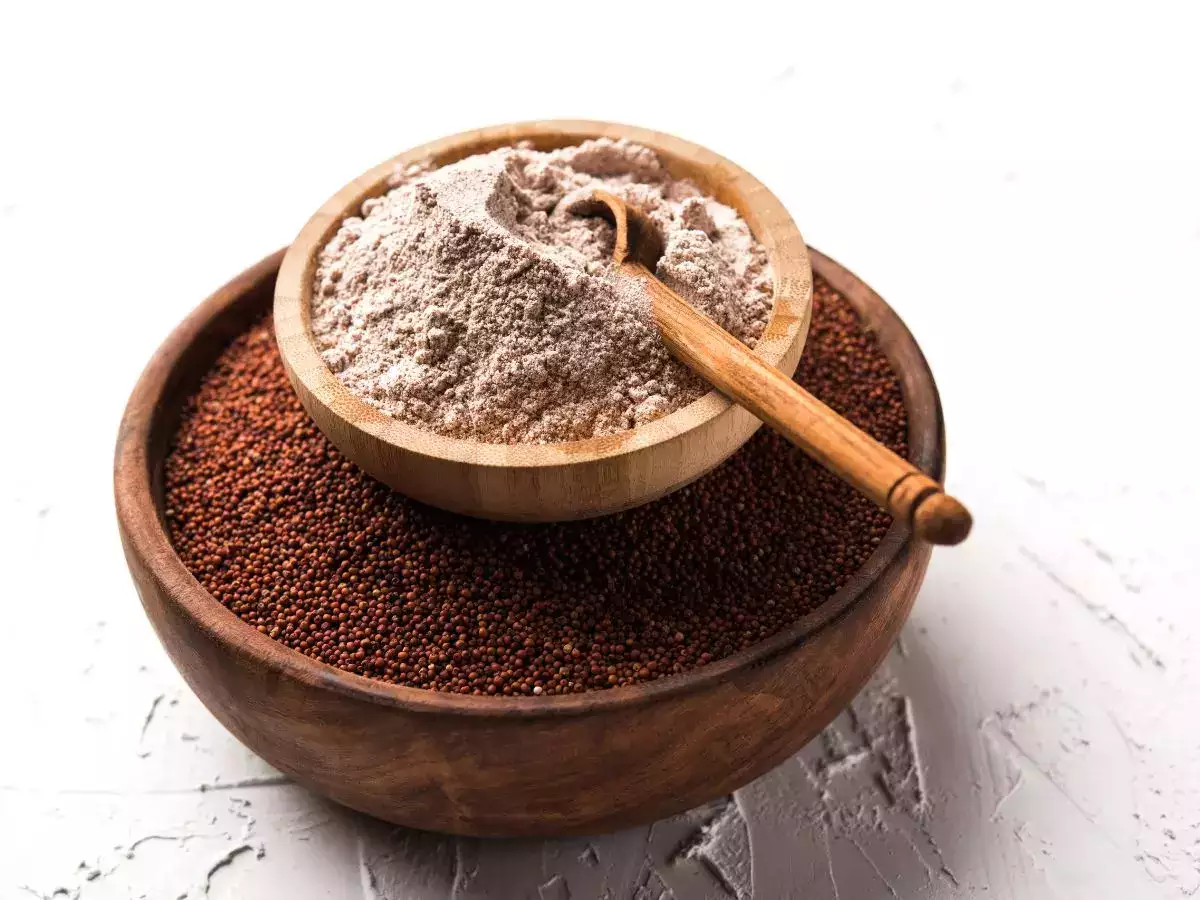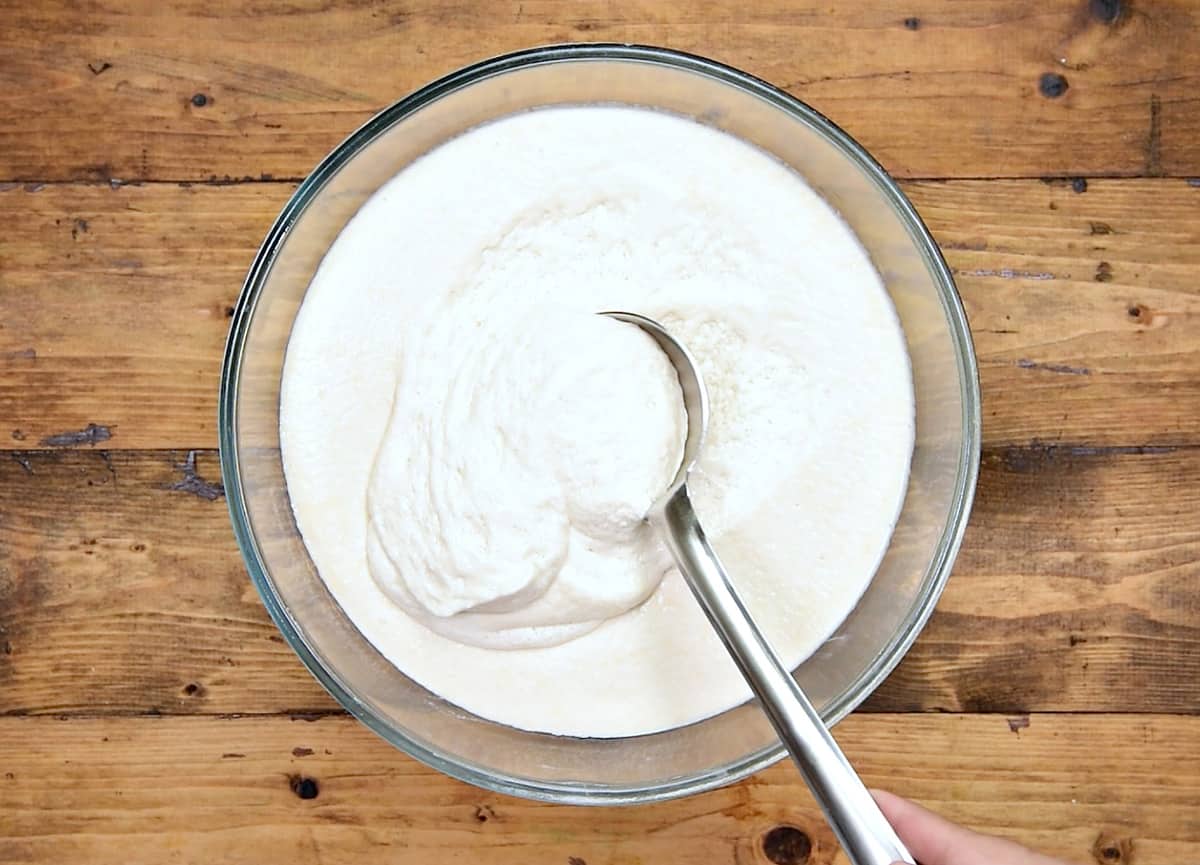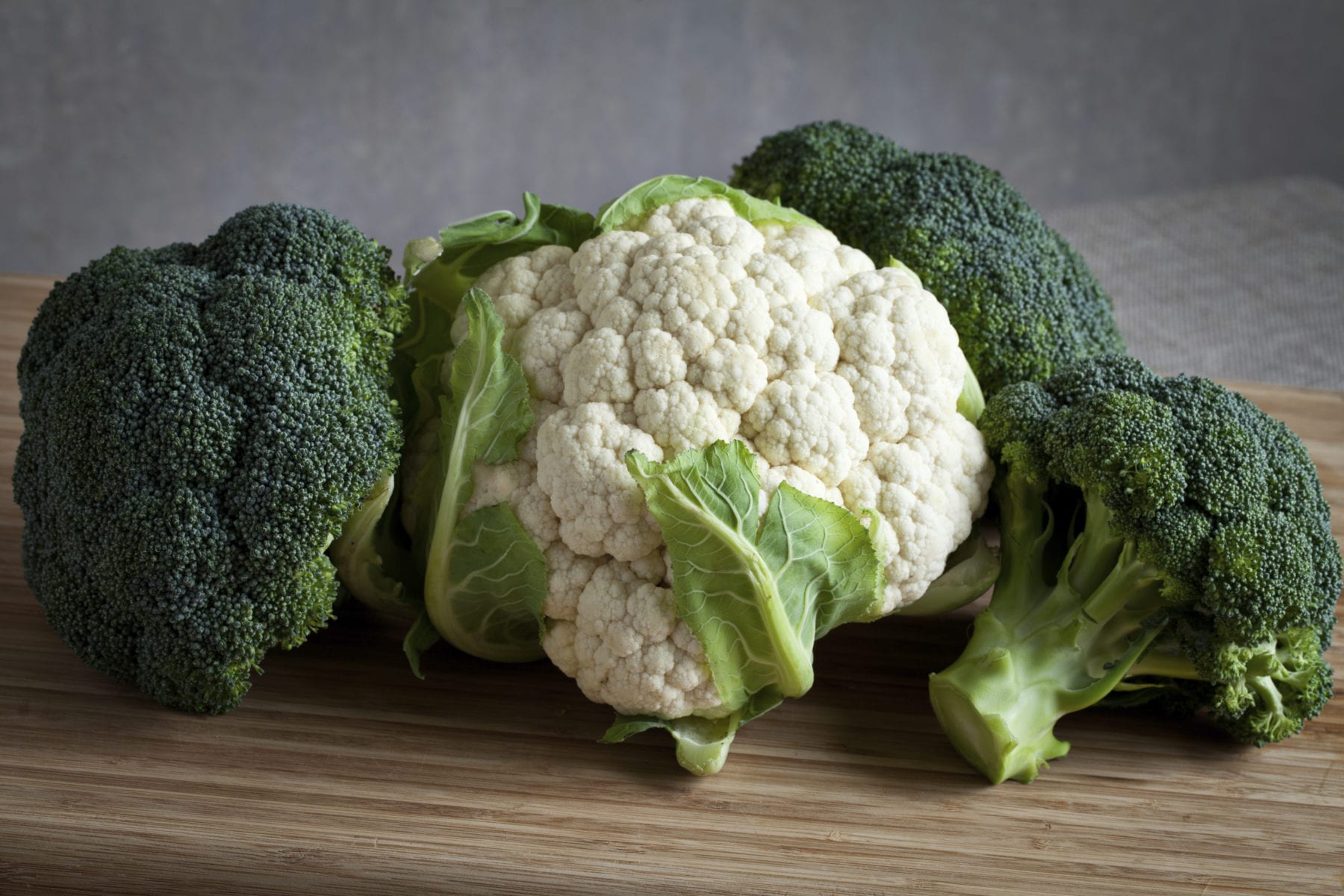Get Creative in the Kitchen: Fermenting Lettuce
When we think of fermenting foods, we often think of pickles, sauerkraut, or kimchi. But did you know that you can also ferment lettuce? Fermenting lettuce is a great way to add a tangy, probiotic-rich kick to your salads and sandwiches. Plus, it’s a fun and creative way to experiment with flavors in the kitchen. If you’re ready to take your culinary skills to the next level, here’s how to ferment lettuce at home.
What You’ll Need
Before you get started, gather the following ingredients and supplies:
- 1 head of fresh, organic lettuce
- Filtered water
- Sea salt
- A clean, glass jar with a lid
- A small weight or fermentation weight
Step 1: Prepare the Lettuce
Start by washing the lettuce thoroughly to remove any dirt or debris. Once the lettuce is clean, tear it into bite-sized pieces and place them in the glass jar.
Step 2: Create the Brine
In a separate container, mix 1 tablespoon of sea salt with 4 cups of filtered water to create a brine. Stir the mixture until the salt is completely dissolved.
Step 3: Submerge the Lettuce
Pour the brine over the lettuce in the jar, making sure that the lettuce is completely submerged. Place a small weight on top of the lettuce to keep it submerged in the brine. This will help prevent any mold or spoilage during the fermentation process.
Step 4: Fermentation Time
Once the lettuce is submerged and weighted, cover the jar with a lid. Allow the jar to sit at room temperature, away from direct sunlight, for about 3-7 days. During this time, the natural bacteria on the lettuce will begin to ferment, creating a tangy and flavorful result.
Step 5: Enjoy Your Fermented Lettuce
After the fermentation period is complete, your lettuce will have transformed into a tangy and probiotic-rich treat. You can enjoy it on its own as a side dish, or add it to salads, sandwiches, or wraps for an extra burst of flavor.
Remember to store your fermented lettuce in the refrigerator to slow down the fermentation process and preserve its flavor. It will keep for several weeks, allowing you to enjoy the benefits of homemade fermented foods whenever you like.
Get Creative in the Kitchen
Fermenting lettuce is a simple and rewarding way to explore the world of fermentation. Not only does it add a unique flavor to your dishes, but it also introduces beneficial probiotics into your diet. So, the next time you have a head of lettuce in the fridge, consider fermenting it for a fun and flavorful culinary adventure!
Whether you’re new to fermentation or a seasoned pro, experimenting with fermenting lettuce is a great way to expand your culinary horizons. So, roll up your sleeves, gather your ingredients, and get ready to enjoy the tangy, probiotic goodness of homemade fermented lettuce.
Explore Delicious Recipes and More Ways to Use Fermented Lettuce
Having mastered the art of fermenting lettuce, you now possess a versatile skill that can transform everyday meals into a probiotic-rich feast. For those eager to apply their new knowledge, a variety of recipes await. Consider starting with the tangy fermented lettuce and avocado salad, perfect for a refreshing lunch. Alternatively, the fermented lettuce and tomato bruschetta offers a delightful twist on a classic appetizer, ideal for impressing guests. For a heartier option, the fermented lettuce wraps with grilled chicken combine the health benefits of fermented lettuce with the satisfying taste of grilled chicken, making it a must-try for any meal plan.
Was this page helpful?
Read Next: How To Ferment Tofu At Home
